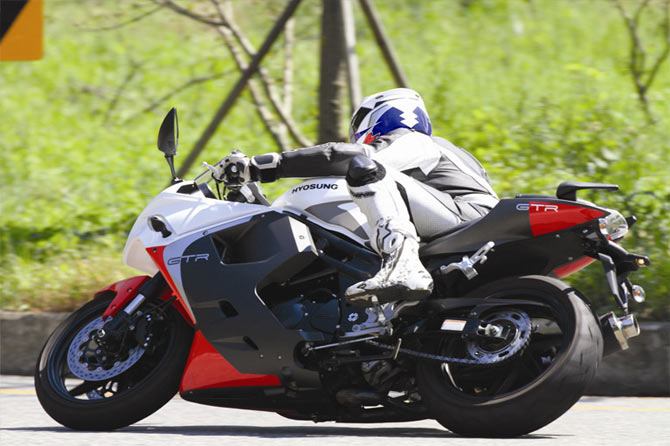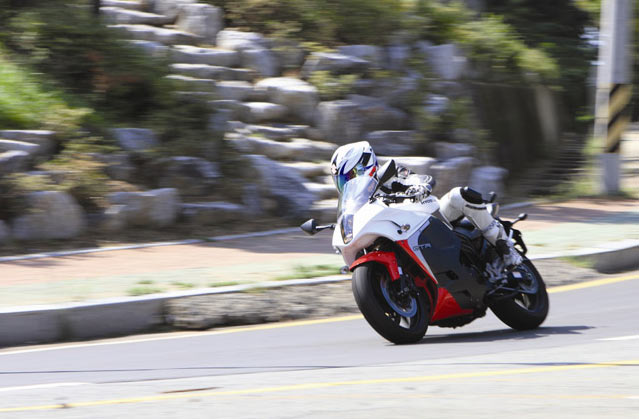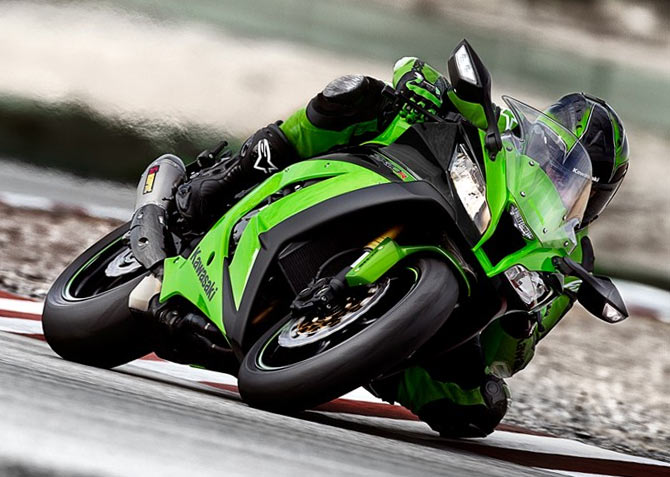 | « Back to article | Print this article |
Biking: How to corner like Valentino Rossi
Simple tips on how to turn the corner like a pro!
Have you ever been mesmerised by the likes of Valentino Rossi or Dani Pedrosa as they effortlessly corner the tightest bends, tearing down the track like men possesed? Have you ever sent your bike to the shop or yourself to the hospital by trying to attempt the same?
Cornering is arguably the most challenging riding skill to master but definitely the pinnacle of riding prowess. Professionals devote their entire careers to mastering this art and the argument could be made that some people are just born with it. However, we've taken it upon ourselves to break this art down and simplify it, in our attempts to keep you ahead of the pack.
Biking: How to corner like Valentino Rossi
Judging a corner
The first step in developing your cornering skills is to handle every bend in a precise way based on good observation.
On approaching a corner, check in your mirrors to see if there's another vehicle behind you that might be planning to overtake you. Try to focus further ahead on the curve rather than the immediate turn in order to follow through on the whole maneuvere.
Biking: How to corner like Valentino Rossi
Body positioning
If it's clear, position your machine correctly -- move to the left-hand side of your carriageway for right-hand bends, or out towards the centre on left-handers (but don't cross the broken white line unless it is completely safe).
This repositioning increases your view through the bend and allows smoother steering and progress. Never position your machine so far over that it could unnerve another road user or put you in danger. Aim to complete any braking in a straight line -- 'slow in, fast out' is the best way to tackle a corner -- and avoid braking in a bend, as this can cause your bike to run wide or worse.
Biking: How to corner like Valentino Rossi
The perfect speed
Remember, your speed must allow you to stop within the distance you can see to be clear in relation to the Limit Point of Vision (LPOV).
The LPOV is the furthest point ahead at which you have a clear view of the road -- where the right and left-hand sides appear to meet. Ride at a speed that allows you to stop (on your own side of the road) within a safe distance you can see is clear.
This determines how fast you can safely enter a corner. Always remember if the LPOV seems too close, you're going too fast and vice verse. As you turn in and your machine settles, apply a balanced throttle -- just enough to keep your speed steady, but not enough to accelerate.
Biking: How to corner like Valentino Rossi
Counter steering
Above a certain speed, around 10-15mph, a rider needs to have positive input to make a bike lean in the intended direction of travel. This is positive steering and it is an important part of smooth, safe cornering.
To negotiate a right turn, gently push forward on the right handlebar.
This will cause the bike to lean to the right and enable you to negotiate the bend. At higher speeds and on tighter bends, more steering input may be required. On a right-hand bend you can also pull back on the left handlebar to make the bike lean further and quicker.
For left hand bends, the technique is to push forward on the left handlebar and pull back on the right handlebar.
Your riding position is another important factor to achieve accurate, proportional and progressive steering. You should have a gentle bend in your elbows with a relaxed grip on the handlebars and relaxed shoulders. The angle between your forearms and the fork legs should be as close to 90 degrees as is possible.
Biking: How to corner like Valentino Rossi
Safety first
Almost all crashes on corners are as a result of inattentive, careless or dangerous riding. Other factors, such as worn tyres or slippery road surfaces, are sometimes catalysts, but usually the rider is to blame due to poor observation, poor planning or too high an entry speed.
Camber of the road surface (a deliberate sloping of the road to aid drainage) can assist you on left-hand bends, but work against you on right-handers. Always observe the road surface you are on, adapting your speed and position accordingly.
Like any skill practice makes perfect. As you gain confidence you will start to develop a technique that suits you and your bike.






